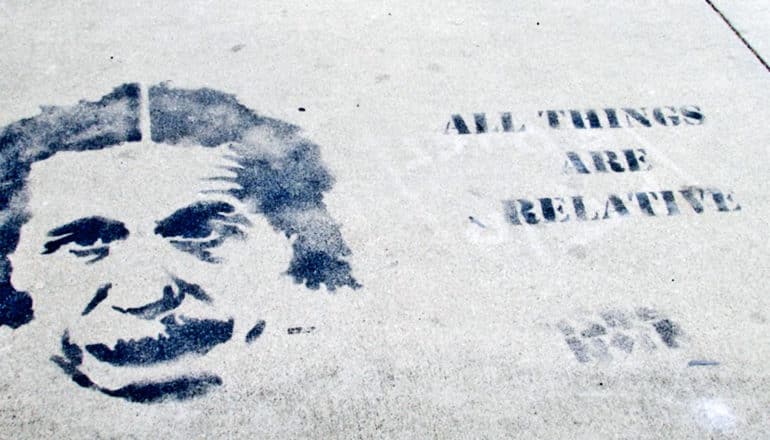
A new book tells the stories of astronomers who worked for a decade to get images of a solar eclipse. The work ultimately showed Albert Einstein’s theory of relativity was correct.
Einstein’s theory of general relativity is a cornerstone of modern physics and cosmology. When it was first published, however, there was little hard evidence to show that it was actually correct. It wasn’t until 1919—nearly a decade after Einstein began working on the theory—that astronomer Arthur Eddington finally delivered that evidence with an expedition to view a solar eclipse.
According to Einstein’s theory, light traveling past a massive object like the sun should bend due to the object’s immense gravity. With the sun’s light blotted, Eddington measured the positions of distant stars made visible in the background. He showed that when the light from those stars passed by the sun, they looked to be in a slightly different place compared to when the sun wasn’t in the picture. The findings demonstrated that the conception of gravity laid out in the theory of relatively had been correct.
For Eddington as well as Einstein, the expedition was a triumph. But his hadn’t been the first eclipse expedition to try demonstrate Einstein’s theory. In a new book called Proving Einstein Right (Public Affairs, 2019), S. James Gates Jr., director of the Theoretical Physics Center at Brown University, and writer Cathie Pelletier tell the story of the seven astronomers and their decades-long, occasionally star-crossed quests capture the key eclipse measurement.
Here, Gates explains the quest to prove Einstein right:
The post How an eclipse proved Einstein’s theory of relativity appeared first on Futurity.
from Futurity https://ift.tt/2nVetml
No comments:
Post a Comment